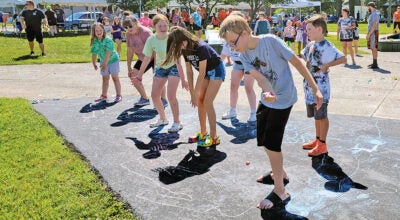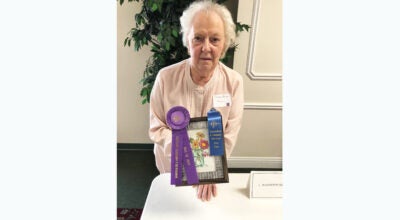Speed on U.S. 52 goes up
Published 9:42 am Monday, October 7, 2013
Motorists traveling parts of U.S. 52 in Lawrence and Scioto counties are noticing a change in the speed limits. They can now drive five miles faster than they did last week.
That’s because the Ohio General Assembly through House Bill 59 enables the Ohio Department of Transportation to raise the speed limits on certain highways.
“The Ohio legislature allows us to increase the speed limits on rural divided highways,” Kathleen Fuller, ODOT District 9 public information officer, said. “We can also increase it on rural expressways without traffic control signals and rural freeways.”
That means U.S. 52 in Lawrence County from Haverhill Ohio Furnace Road west to just east of the State Route 243 interchange at Coal Grove is now posted at 60 miles per hour. It fits the definition of a rural divided highway.
In Scioto County the section of U.S. 52 from State Route 140 interchange to Haverhill Ohio Furnace Road, which is defined as a rural freeway, is now posted at 70 miles per hour speed limit. That is five miles more than it had been.
“There has been a push throughout the area that we raise the speed limit from different groups of people, motorists, the general public,” Fuller said.
The increased speed limit stops just outside Coal Grove because the rest of U.S. 52 to Chesapeake is an at-grade intersection meaning township roads and county roads intersect the highway at the same level. That kind of highway is not part of those sanctioned in the House bill.
As far as the impact of the increase, Lawrence County Engineer Doug Cade said it would be a wait and see.
“From a safety perspective, the severity of the crashes will be the real issue,” Cade said. “When you have slower speeds, you don’t have as severe accidents. The more use of cell phones and texting devices is making drivers less and less aware of their driving surroundings. When you increase speed on top of that, it makes that issue be more and more of a problem. Naturally ODOT can choose to do what they want to on their roads. I really don’t see a change in people’s driving habits. They are still driving faster than the speed limit.”
It was Cade’s request that is now changing signage along U.S. 52 to the numerical name of the road, instead of its locally known name. In 1992 the county changed to numbering its county roads.
“When I came into office two years ago, the 911 director asked that when ODOT changes the signs out, they put the correct number,” Cade said. “We have a lot of issues with emergency services going to the wrong addresses because the streets are incorrectly signed. The 911 director asked me to take that up.”
As signs become worn and readyto be replaced, ODOT is putting up signs with the road number on.
“We have to upgrade the signs,” Fuller said. “They may not look very old, but we have to meet certain standards. As we are going through the systematic upgrades or it is brought to our attention by the county engineers, if it is something we can address quickly and readily, especially when the signs become a little worn, we work to try to accommodate.”





